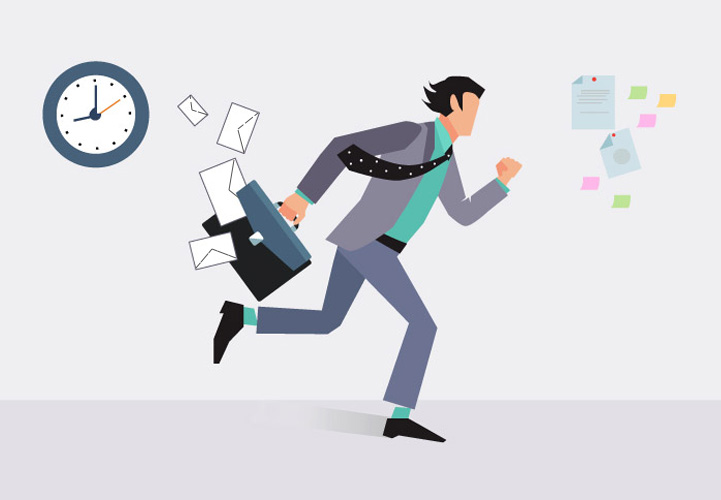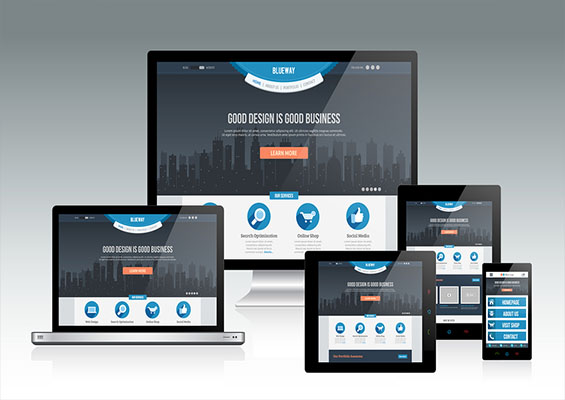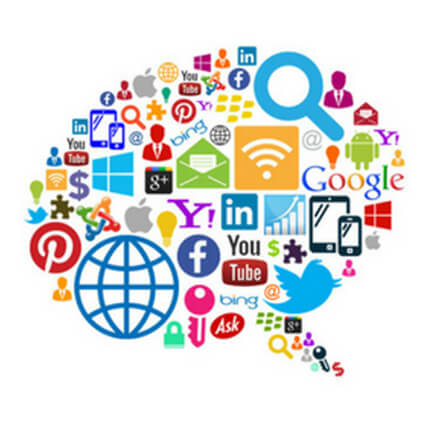How should a Marketing Professional get rid of Email Fatigue?

One of the greatest fears that haunt inbound marketers is whether their emails are read or discarded by their customers. In order to get an active response, marketers inundate customer inboxes with incalculable emails – which is perhaps not the right thing to do.
Industry experts suggest marketing professionals should focus on how to get more subscribers to appreciate emails rather than worrying about sending countless mails. Besides, the risk of email fatigue is reduced with plenty of engaging subscribers responding actively.
For those who are new to the term – email fatigue – it is a phenomenon that occurs when customers or leads are tired of emails. They often delete messages, unsubscribe or even mark it as spam.
Why does it occur?
Email fatigue is the result of three main things that email marketers often fail to notice, they are:
- Wrongly targeted emails
- Irrelevant and incorrect content
- Increased frequency of emails
Why should email fatigue be of any concern?
It is just that customers and leads don’t like receiving emails that are irrelevant and unimportant to them. Yet again, it is all about drafting and sending the right message to the target audience.
Generic emails are least likely to be read, let alone be opened. If emails aren’t customized or segmented, all a marketer is doing is blasting a general message to their entire customer or lead list, a futile activity that will derail an email marketing campaign sooner than expected.
Moreover, sending irrelevant emails can also cause a negative impact on ROI and brand image as customers will tend to unsubscribe and refrain from recommending the product or service to others.
What should a marketing professional do then?
Luckily, there are numerous proactive steps marketing professionals can take to defeat email fatigue, some of which are listed below:
- Use data to monitor customer behavior and indications of email fatigue:
The open and close rate of emails through web analytics can help marketers decipher whether a message is read, unread or discarded. With a given inference and data, a marketer can then customize their messages or find genuine solutions to increase subscription.
- Go by customer preference and demand:
It is best to adhere to a customer’s evolving preferences while delivering messages. If a customer group opts for occasional emails than frequent updates, a marketer must take note and do the necessary.
- Know — how is much is too much:
An essential tip to help overcome email fatigue and its related outcomes is to know when to wind up and when to leave the subscribers. Disinterested subscribers pull-down performance metrics, therefore, it is best to prioritize on leads that show a continuous level of interest.




